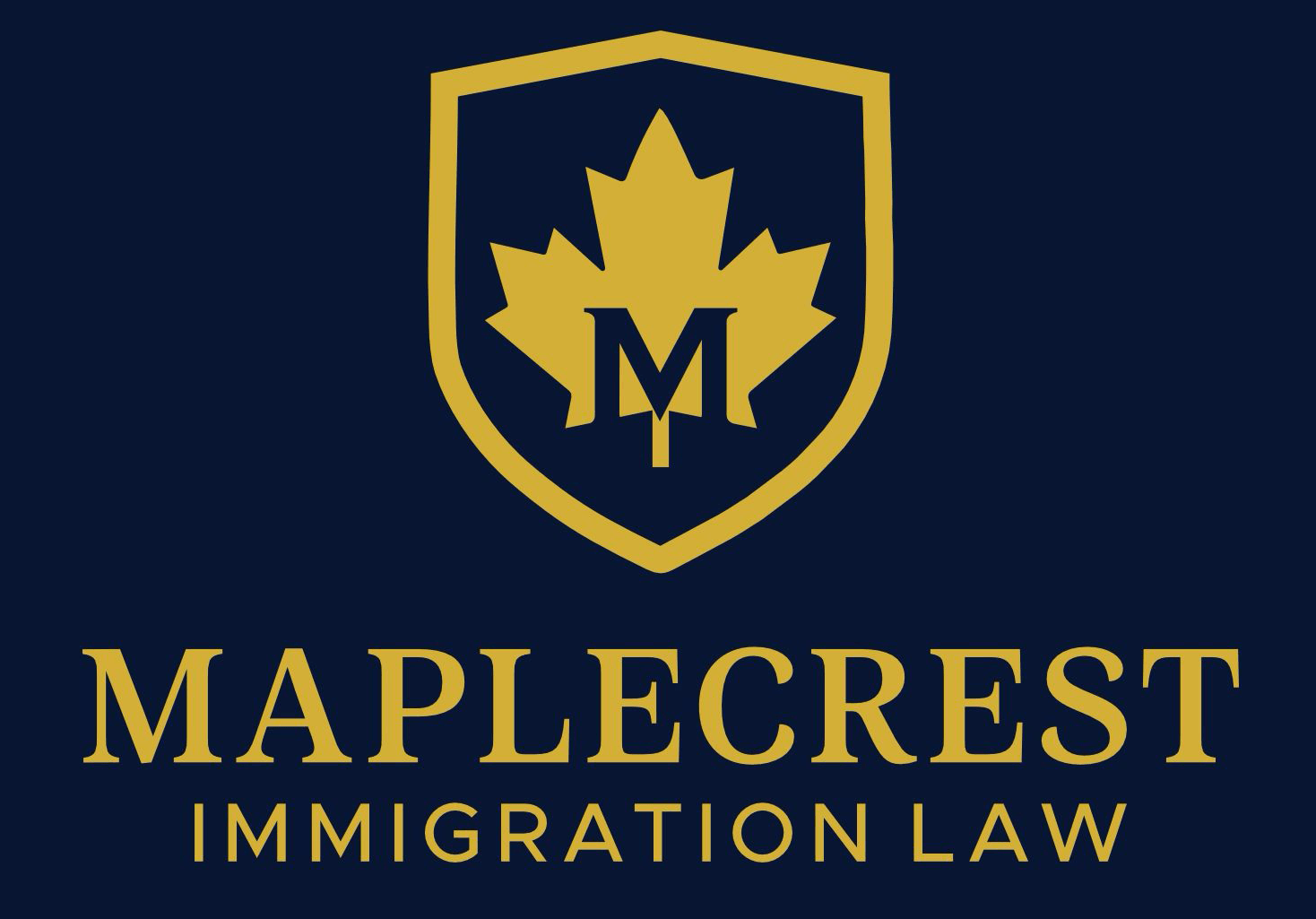Starting in 2025, Canada will introduce a permanent pathway—called the Permanent Residency Route—to welcome skilled refugees, displaced individuals, and in‑demand workers. This new program builds on the Economic Mobility Pathways Pilot and expands opportunities for healthcare professionals, tradespeople, French speakers, and temporary residents already in Canada. In this guide, we explain who qualifies, how to apply, and what to expect at each step.
Table of Contents
<a name=”overview”></a>
1. Overview of the Permanent Residency Route
In 2025, Canada will launch a brand‑new Permanent Residency Route to strengthen its economic immigration framework and deepen its humanitarian commitments. This program builds on the Economic Mobility Pathways Pilot (EMPP), transforming a temporary pilot into a permanent pathway. It aims to connect skilled refugees, displaced persons, healthcare and trades professionals, and French‑speaking workers with Canadian employers and communities.
By making this pilot permanent before December 31, 2025, Immigration, Refugees and Citizenship Canada (IRCC) intends to:
-
Address labour shortages in critical sectors
-
Offer stable resettlement options to refugees and displaced individuals
-
Prioritize economic and humanitarian objectives equally
2. Permanent Residency Route Eligibility Criteria
To qualify for the new Permanent Residency Route, applicants must meet one of the following streams:
-
EMPP Federal Stream
-
Be a recognized refugee or displaced person
-
Hold a valid referral letter from a trusted partner
-
Have work experience, education, and language skills aligned with National Occupational Classification (NOC) TEER 0–5
-
Optionally possess a Canadian job offer (capped at 950 applications/year)
-
-
EMPP No‑Job‑Offer Stream
-
Same refugee/displaced criteria as above
-
Demonstrate sufficient work experience, education, and language proficiency without an existing job offer (capped at 150 applications/year) canada.ca
-
-
Express Entry Category‑Based Selection
IRCC will continue to prioritize these groups under Express Entry’s category‑based selection:-
Healthcare workers
-
Skilled trades workers
-
Education sector professionals
-
French‑speaking applicants
-
-
Temporary Resident Transition
At least 40 percent of all permanent resident admissions will come from candidates already in Canada on valid study or work permits. This “in‑Canada” focus speeds up the Permanent Residency Route for those contributing to the Canadian economy.
3. PR Route Application Process
Follow these steps to navigate the new Permanent Residency Route efficiently:
| Step | Action | Where to Find Details |
|---|---|---|
| 1 | Confirm your Stream eligibility | EMPP Eligibility canada.ca |
| 2 | Obtain referral (for EMPP streams) | Partner organizations listed on the EMPP website |
| 3 | Prepare documents | Passport, education credentials, work letters, translations by certified translators |
| 4 | Create IRCC online account | IRCC Portal |
| 5 | Complete and submit application forms | EMPP stream: use EMPP-specific forms; Express Entry: profile in CIC’s system |
| 6 | Pay processing and right‑of‑permanent‑residence fees | Fee schedule at IRCC Fees |
| 7 | Undergo medical exam and police certificates | Panel physicians and local authorities |
| 8 | Attend biometric data collection | Visa Application Centre or designated location |
| 9 | Wait for decision | IRCC aims to process 80 percent of EMPP applications within published service standards |
| 10 | Receive Confirmation of Permanent Residence (COPR) | Follow instructions for landing in Canada |
Tip: Track your application status online and respond promptly to any IRCC request to avoid delays.
4. PR Route for Other Streams
Beyond the EMPP and Express Entry, IRCC’s 2025–26 plan includes complementary streams under the Permanent Residency Route:
-
Foreign Labour Stream for Agriculture & Fish Processing
A new work permit type and permanent pathway will serve seasonal and year‑round agriculture and fish‑processing workers cicnews.com. -
Post‑Graduation Work Permit (PGWP) Framework Updates
IRCC will revise field‑of‑study requirements to align PGWPs with current labour market needs, helping international graduates transition seamlessly into the Permanent Residency Route. -
Spousal Open Work Permit (SOWP) Adjustments
Eligibility criteria for spouses of skilled workers and international students will expand, offering faster access to work and a clearer path to PR. -
Family Sponsorship Processing
IRCC commits to speeding up sponsorship applications for family members abroad, ensuring they join their Canadian relatives under the Permanent Residency Route more quickly.
5. Next Steps and Expert Advice
-
Stay Updated:
Consult IRCC’s full 2025–26 Departmental Plan periodically for program details and deadlines -
Work with Accredited Partners:
For EMPP applications, use trusted referral organizations to verify refugee status and prepare robust files. -
Prepare Thoroughly:
Gather all civil documents, ensure accurate translations, and complete medical and police checks well before submission. -
Use Professional Legal Advice:
An immigration lawyer or consultant can clarify complex eligibility issues and reduce processing risks. -
Monitor Processing Times:
IRCC’s service goals may shift; track published standards at IRCC Processing Times.
Conclusion
Canada’s new Permanent Residency pathway streamlines access for displaced individuals, skilled workers, students, and families. By combining economic priorities with humanitarian values, this route reflects Canada’s commitment to building a diverse, resilient workforce. Start preparing today—review the eligibility criteria, organize your documentation, and consult authoritative IRCC resources to make your Canadian permanent residency journey a success.
Maple Crest Immigration Law Firm
Facing complex PR requirements? Maple Crest Immigration Law Firm can guide you through Canada’s complex immigration processes. From eligibility assessment to application submission, our experienced attorneys will ensure your case meets each deadline and requirement. Contact us today for a tailored strategy and support every step of the way.




